Organic and Inorganic Chemistry Book | BSC First Year Organic Chemistry Book | NEP 2020 eBook
| University: | SRTMUN (Swami Ramanand Teerth Marathwada University Nanded) |
|---|---|
| Course: | B.Sc. |
| Year/Semester: | First Year - First Semester |
| Duration: | Unlimited |
| Book Pages: | 112 |
| E-Book Price: |
₹ 29
|
|---|---|
| Physical Book Price: |
₹ 120
|
| E-Book Buy Date: |
--
|
|---|---|
| E-Book Expiry Date: |
--
|
| Audio Buy Date: |
--
|
| Audio Expiry Date: |
--
|
This Book of Organic Chemistry has been written as per NEP2020 syllabus of B.Sc. First year.
This book is focused on basic concept in organic chemistry. Students of B.Sc. First year should easily and clearly understand the basic concepts of organic reactions. By keeping this view in mind, I tried my best in the present work.
This book consist of four chapters, the first chapter deals with basic concept like electrophile, nucleophile, bond fission, reaction intermediates, electronic effect in organic reactions and their applica- tions, types of organic reactions.
The second chapter consists of aromatic, nonaromatic and antiaromatic compounds, Electrophilic substitution reactions, orientation effect.
The third chapter consists of introduction, prepa- ration and chemical reactions of alcohols, phenols and epoxides.
The fourth chapter deals with study of periodic table, periodicity, ionization energy, electron affinity, electronegativity and factors affecting on it.
SYLLABUS
1. An introduction to Organic reactions
1.1 Basic terms: Substrate and Reagents, types of reagents (Electrophilic and Nucleophilic). Notation of arrows: curved arrow, half headed arrow, double headed arrow, straight arrow.
1.2 Electronic displacement effects:- Inductive Effect, Simor Resonance Effect And Hyperconjugation and their Applications in A) Acidic Strength B) Basic Strength
1.3 Bond fission: Homolytic and heterolytic fission.
1.4 Types of reactions and Reaction intermediates :
Carbocation, Carbanion, Free radical, carbene, (Introduction, structure & Stability), nitrene & benzyne (only introduction).
2. Aromatic Hydrocarbons and Aromaticity
2.1 Introduction, Nomenclature, kekule and resonance structure of benzene, stability, Orbital picture of benzene.
2.2 Aromaticity, antiaromaticity and homoaromaticity by Huckel's Rule for homocyclic and hetrocyclic compounds.
2.3 Electrophilic Substitution reaction of benzene (with mechanism): Nitration, Halogenation, Friedel Craft alkylation and acylation.
2.4 Orientation effect: Effect of activating and deactivating groups (-OH, NO, CH, Cl) on aromatic electrophilic (Nitration) substitution reaction (with mechanism).
3. Alcohols, Epoxides and Phenols
3.1 Alcohols: Introduction, Nomenclature and Classification.
3.2 Dihydric alcohol (ethylene glycol): Preparation methods:
i) Hydroxylation of alkene
ii) 1, 2 - dihaloalkane
Chemical reactions: 1) Pb(OAc)4, 2) P2O5/ZnCl2.
3.3 Trihydric alcohol (Glycerol) :
Preparation methods from : 1) Oils and fats 2) Propene.
Chemical reactions : Action of 1) Nitric acid, 2) Acetylchloride on tryhydric alcohol.
3.4 Epoxides : Introduction and nomenclature.
Preparation methods : a) Oxidation of ethene in presence of Ag catalyst, b) Epoxidation of ethene with peracetic acid.
3.5 Chemical reactions : a) Ring opening reactions of propylene oxide. b) Hydrolysis in acidic and basic medium. c) Action of Grignard reagent.
3.6 Phenols: Introduction, classification and acidic character of phenol (compare with ethanol).
Chemical reactions with mechanism : Reimer-Tiemann reaction, Acetylation, Fries rearrangement, Kolbe's carboxylation reaction.
4. Periodic Table And Periodicity
4.1 Brief introduction to development of periodic table. Modern periodic law, long form of the periodic table, Sketch, Cause of periodicity. Division and general characteristics of s, p, d and f block elements.
4.2 Atomic and Ionic size : Definition and explanation of atomic radius, ionic radius, covalent radius, Vander Waals radius. Variation of atomic size along a period and in a group.
4.3 Ionization Energy (Ionization enthalpy) : Definition and Explanation, Successive ionization energy, Factors affecting ionization energy. Variation of ionization energy along a period and in a group. Applications of ionization energy to chemical behavior of an element.
4.4 Electron Affinity (Electron gain enthalpy) : Definition and Explanation, Successive electron affinity, Factors affecting electron affinity. Variation of electron affinity along a period and in a group. Applications of electron affinity to chemical behavior of an element.
4.5 Electronegativity : Definition and Explanation, Factors affecting electronegativity. Variation of electronegativity along a period and in a group. Pauling's approach of electronegativity. Calculations of electronegativity by Pauling's method (Numerical), Mulliken's approach. Applications of electronegativity to bond properties such as percent ionic character, bond length, bond angle.

- --
- --
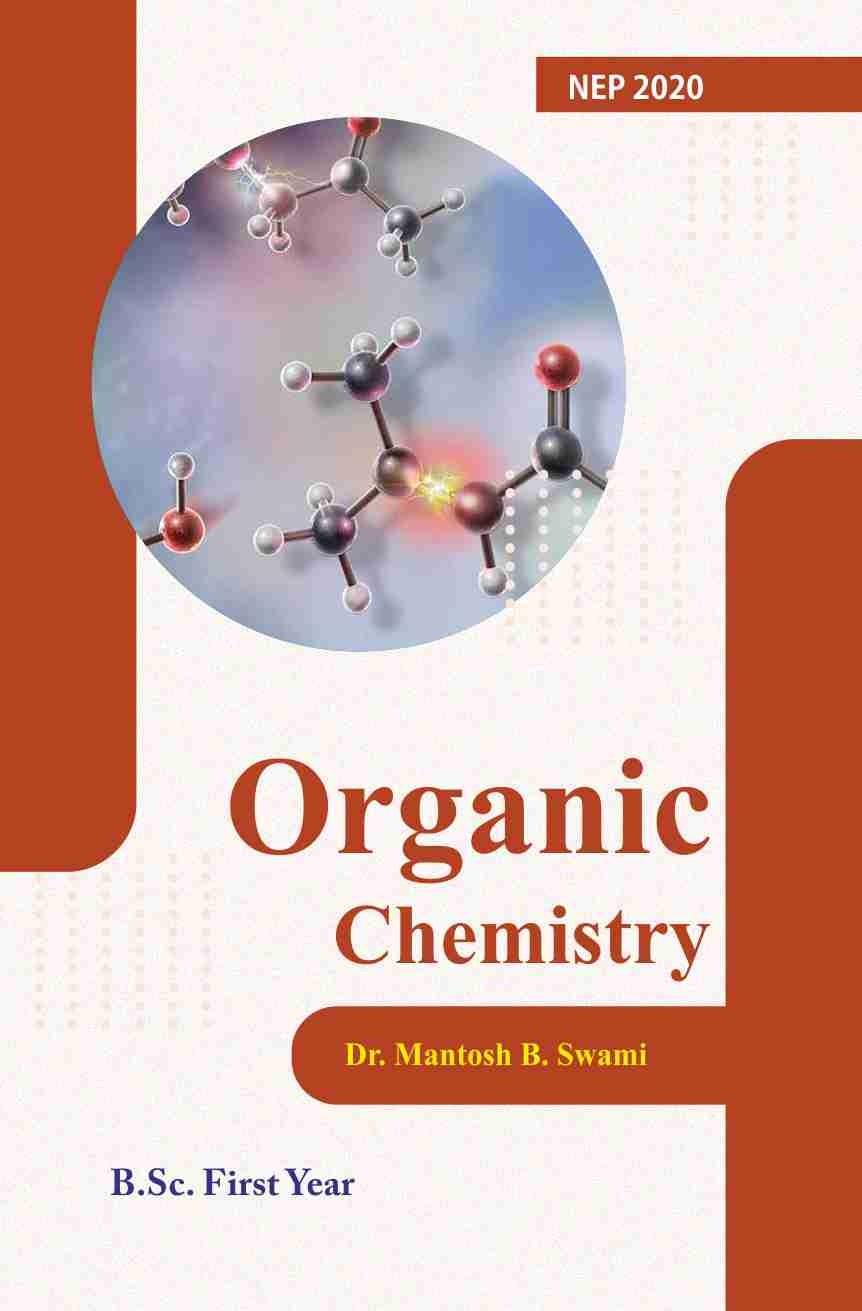
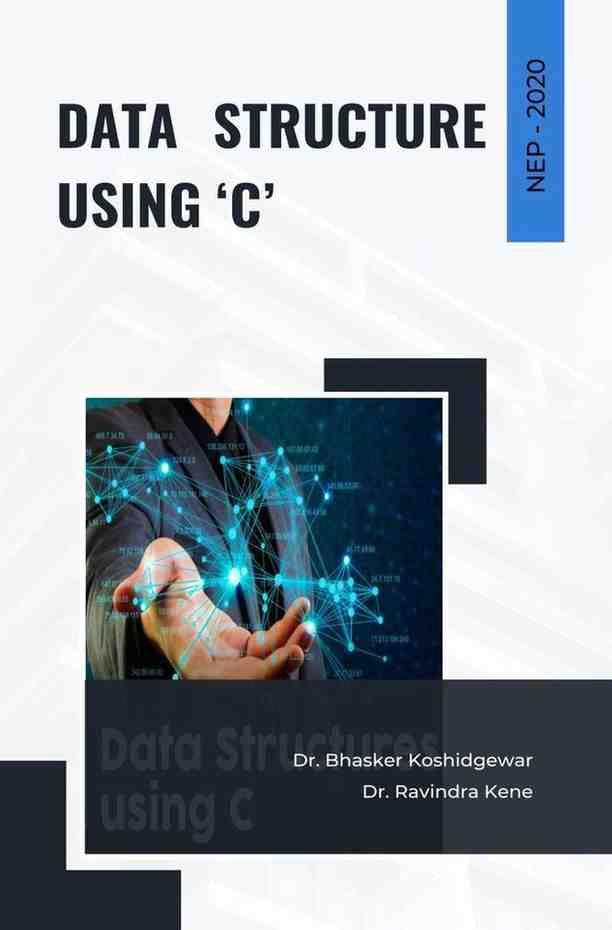



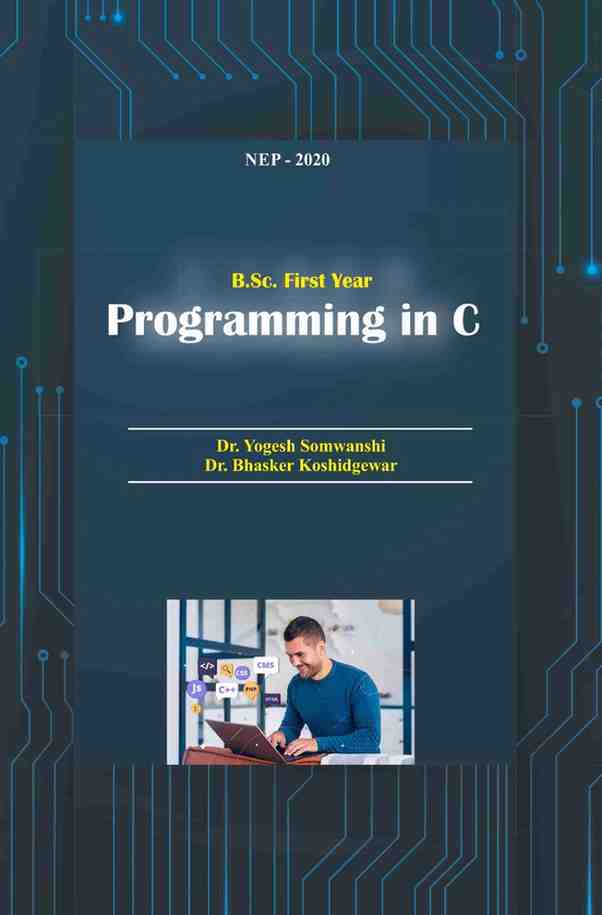

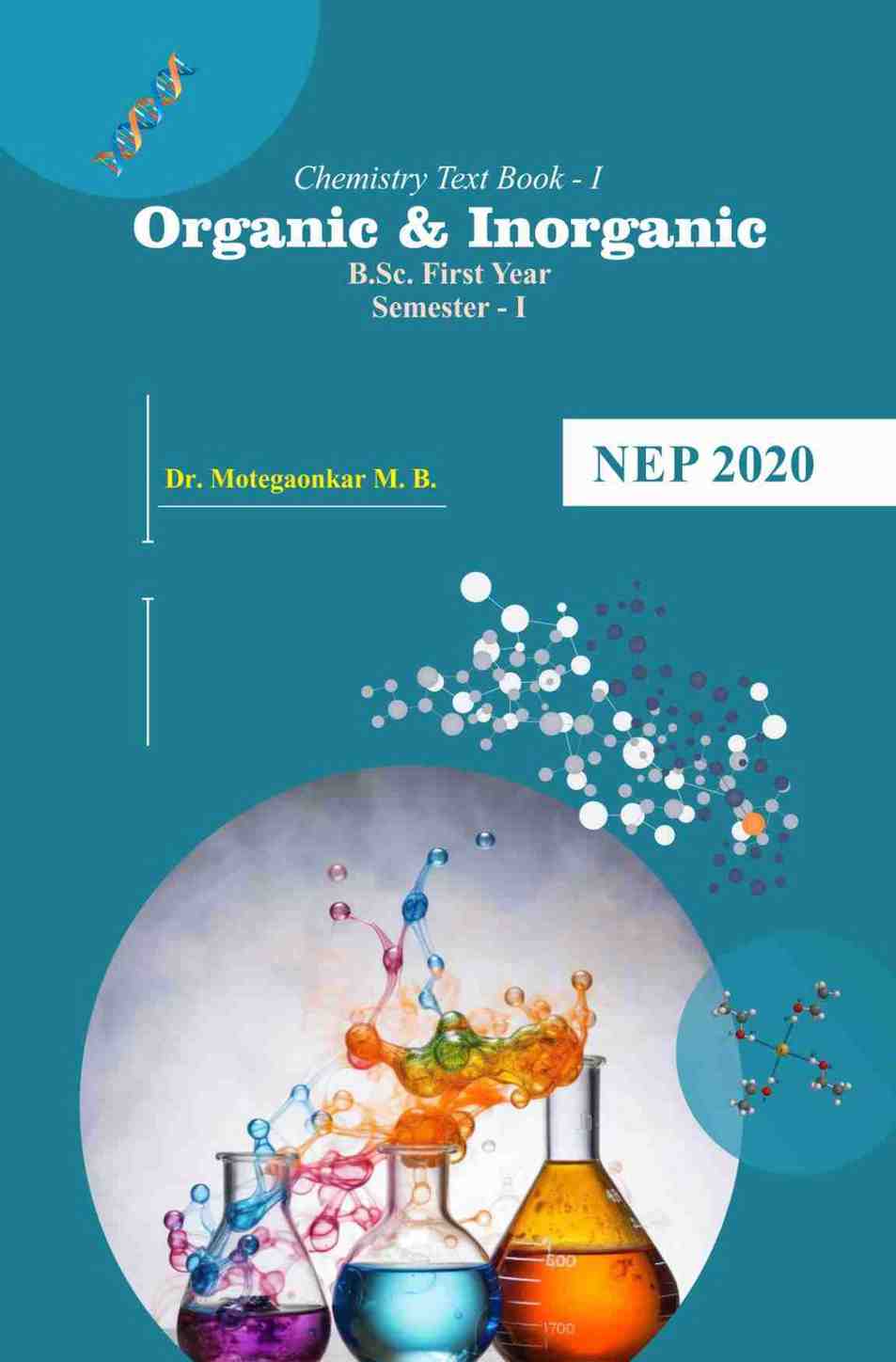
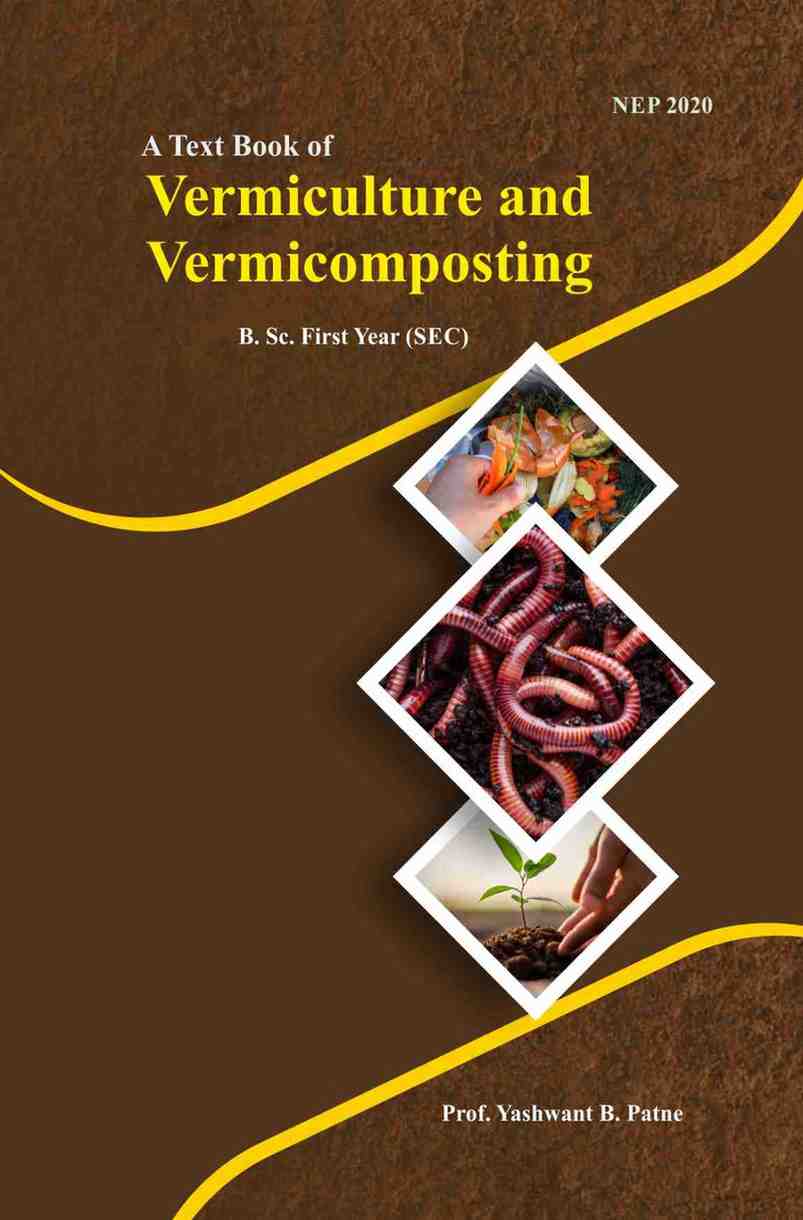

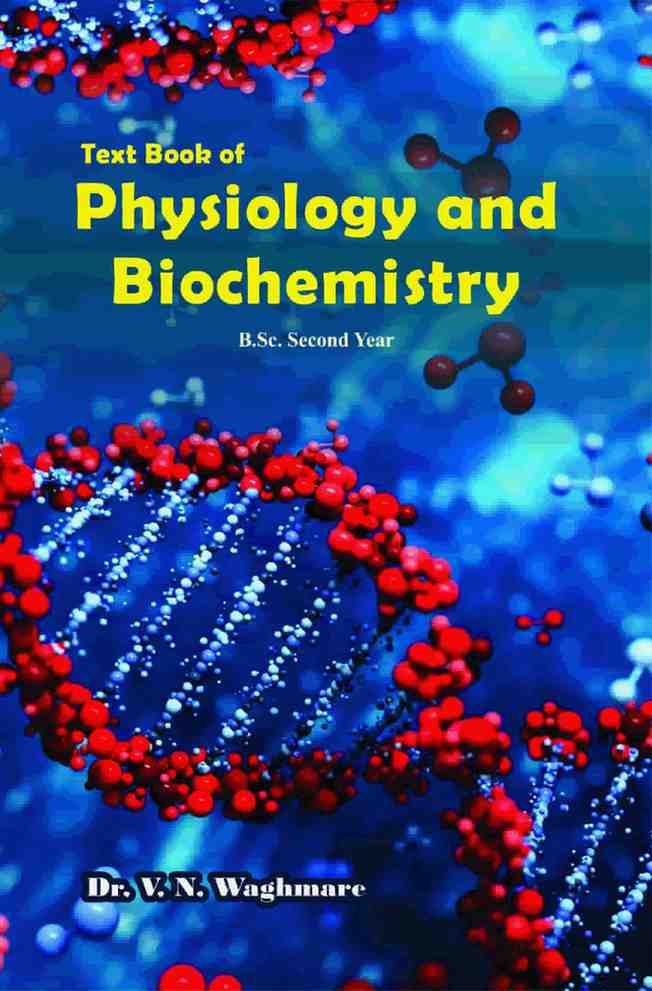
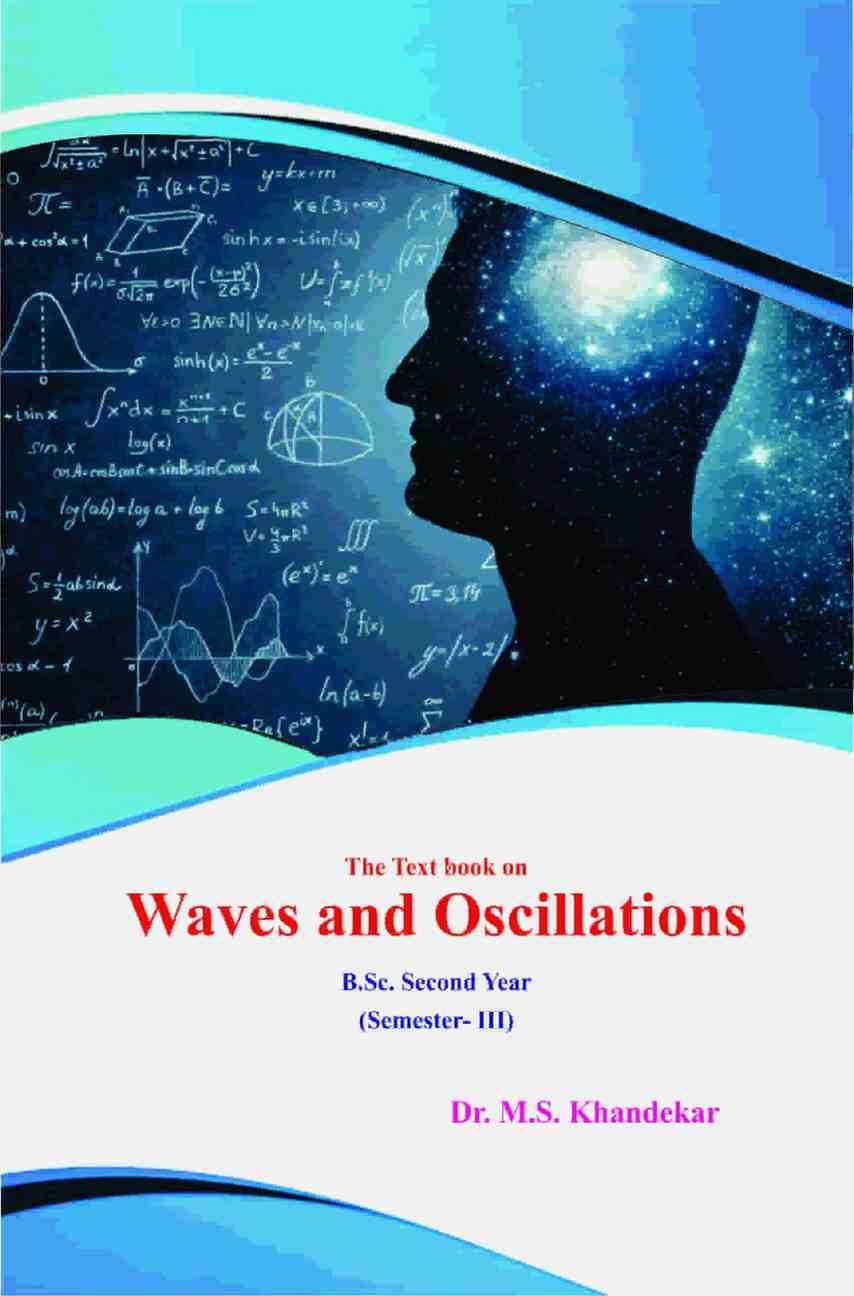
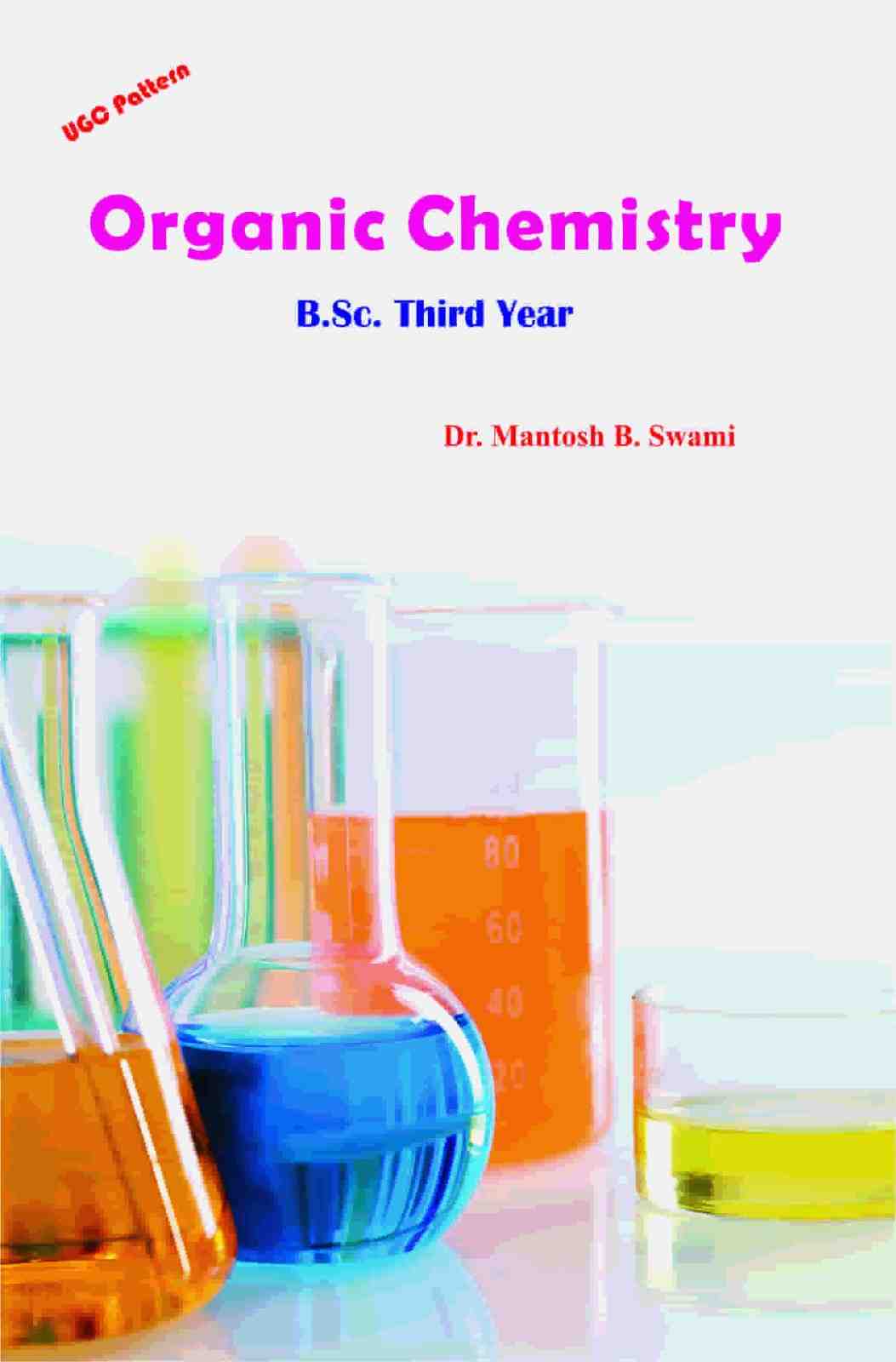
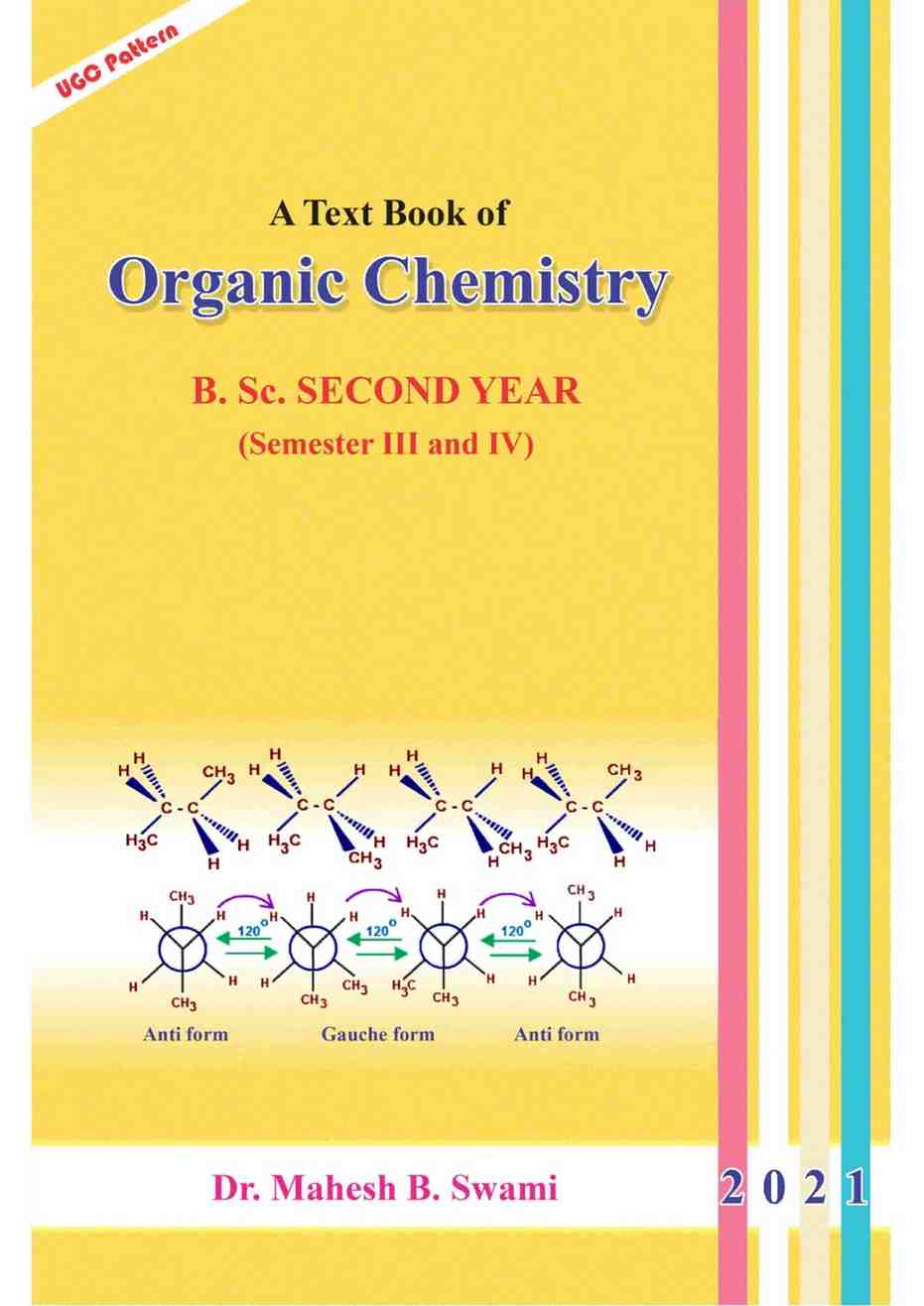
Yashwant Patne 07-Feb-2025 09:45 am
null 21-Oct-2024 05:40 am
This is one of the best book for B Sc F Y students studying various universities in Maharashtra. Also very useful for basics specially those who wants to study for JAM, CET, SET. Points to point proper and correct explanation.